Information Age at the Science Museum
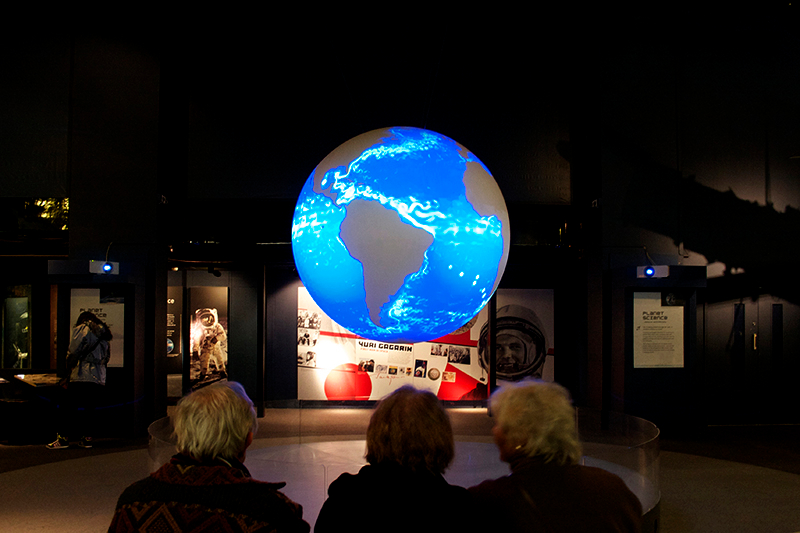
200 years of design and innovation in communication and information technologies are celebrated in Information Age: Six Networks that Changed Our World, the Science Museum’s newest and largest permanent gallery. This exhibition is utterly compelling and informative, with 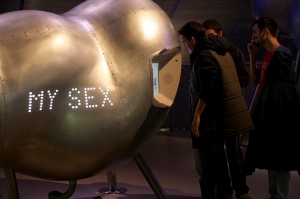 more than 800 objects on display. The exhibits include: fragments of 19th century transatlantic cable, early home and office computers, and the enormous, real Eurostar 3000 communication satellite.
more than 800 objects on display. The exhibits include: fragments of 19th century transatlantic cable, early home and office computers, and the enormous, real Eurostar 3000 communication satellite.
Among the display cabinets are extracts and quotes from the inventors of the radio, telephone and telegraph. One such quote, a test message sent by telegraph in 1838, simply says: “Attention, the universe!” In many ways, the whole exhibition is a testament to this bold declaration.
By way of example, visitors will almost immediately see the arresting and mystifying sight of a huge hexagonal wooden and copper structure sitting amid the displays. This is the Aerial Tuning Inductor transmitter: built in the 1920s, the inductor was installed at a radio station in Rugby, where it operated until 2003. Though it was mainly used for broadcasting messages to ships at sea, in 1928 Dr Hugh Mansfield Robinson, an eccentric London lawyer, put it to a novel purpose. Dr Robinson decided to contact Mars. Legend has it that after Dr Robinson had paid the standard rate of 18 pence per word at the Post Office for them to transmit the telegram via the inductor, the Post Office clerk gently reminded the doctor that a reply from Mars could not be guaranteed.
Information Age displays are divided into six themed zones. Each zone, in roughly chronological sequence, examines a different aspect of communications networks: the cable, the telephone exchange, broadcast, the constellation, the cell and the web. The gallery is beautifully planned and spacious, with some displays accompanied by Braille and tactile models to aid the blind and partially-sighted. Video presentations explore the first transatlantic television broadcast, the invention of the World Wide Web and the impact of communications on modern warfare. There are many simple, but very effective, hands-on and practical educational models to help visitors explore early telegraphy, modern telephone networks and old rotary telephone exchanges.
The Science Museum encourages people to download a bespoke app for tablet and smartphone to enhance their visit, information about which can be found on the website. Do so, and please do not miss this amazing and exemplary exhibition.
Chris Gilroy
Photos: Joshua Payne
Information Age is at the Science Museum as a permanent exhibition, for further information visit here.

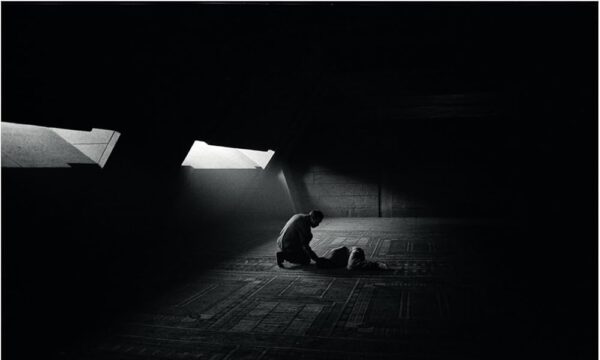

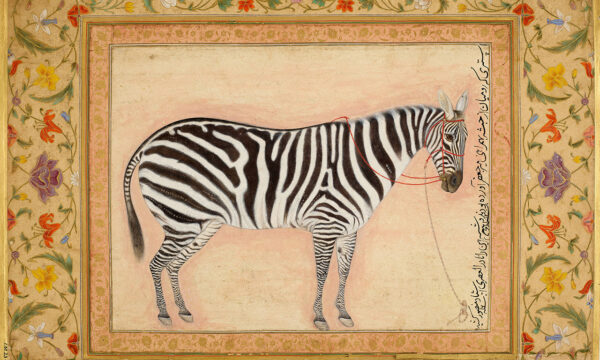

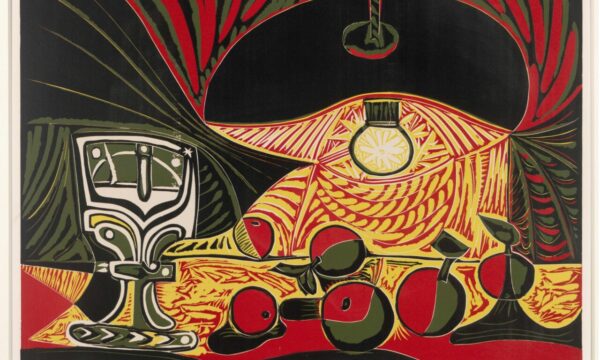

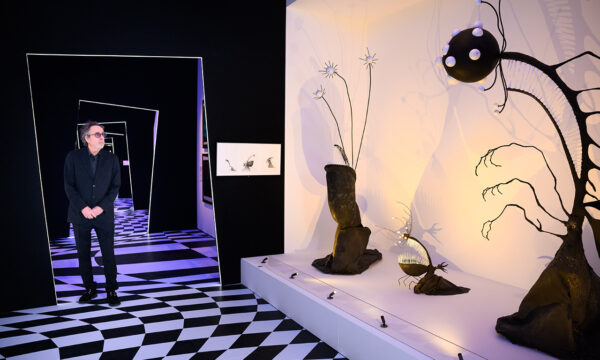
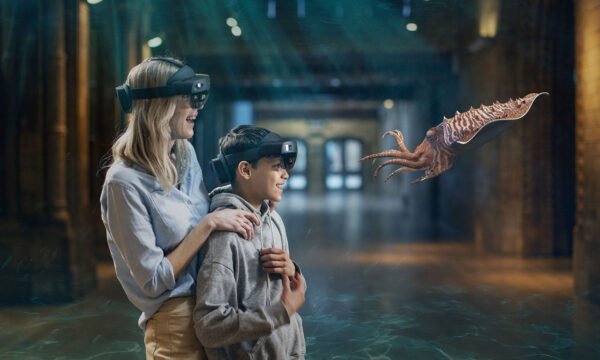
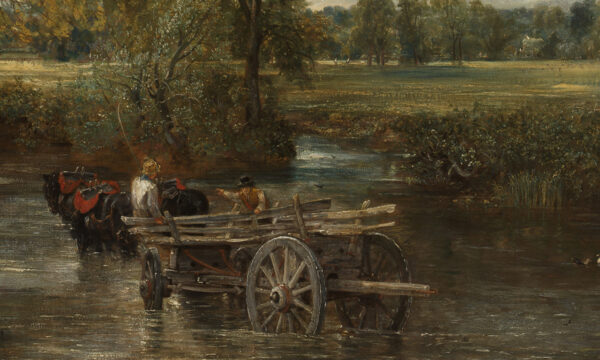









Facebook
Twitter
Instagram
YouTube
RSS